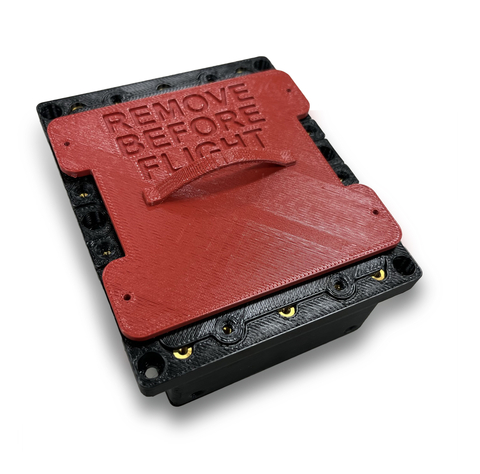Stratasys Ltd. (NASDAQ: SSYS), a leading provider of polymer 3D printing solutions, has announced its collaboration with an upcoming lunar mission aimed at testing the performance of 3D-printed materials on the moon’s surface. These experiments are part of the inaugural Space Science & Technology Evaluation Facility mission (SSTEF-1), developed by Aegis Aerospace, Inc., based in Houston, Texas, under NASA’s Tipping Point program. The SSTEF initiative offers commercial space testing services, focusing on research and development opportunities on the lunar surface. SSTEF-1 specifically targets technology advancement for space infrastructure and capabilities in lunar and near-earth environments. Stratasys’ involvement in the project is sponsored by Northrop Grumman Corporation.
“This set of experiments will help us understand how to fully leverage 3D printing to keep people and equipment safe as we travel to the moon and beyond.”
In this lunar mission, Stratasys will supply 3D-printed samples to be transported to the moon’s surface by an unmanned lander. These samples will be housed in a carrier structure also 3D-printed by Stratasys. Two separate experiments, led by Northrop Grumman, will focus on three different materials.
The first experiment aims to evaluate the performance of a sample coupon part made using Stratasys’ Antero® 800NA FDM® filament, which is infused with tungsten. Antero 800NA is a high-performance thermoplastic based on PEKK, known for its exceptional mechanical properties, chemical resistance, and minimal outgassing. The addition of tungsten is intended to provide shielding against harmful radiation, such as gamma rays or x-rays.
The second experiment, a passive one, seeks to assess how 3D-printed materials fare in space conditions. It will utilize Antero 840CN03 FDM filament, which possesses electrostatic discharge (ESD) properties suitable for use with electronics and has been employed on the Orion spacecraft. Additionally, the experiment will involve a new ESD photopolymer developed by Stratasys’ partner Henkel for use with Stratasys’ Origin® One 3D printers. This material is specifically designed for high-heat environments. Coupon samples of these 3D-printed materials will be subjected to conditions including lunar dust exposure, low pressure leading to potential outgassing, and the rapid temperature fluctuations resulting from the moon’s virtually non-existent atmosphere.
Chief Industrial Business Officer Rich Garrity commented, “Additive manufacturing is an important technology for space missions where every ounce of weight matters and high performance is essential. This set of experiments will help us understand how to fully leverage 3D printing to keep people and equipment safe as we travel to the moon and beyond.”
The parts will be transported to the lunar surface within a carrier structure made from ULTEM™ 9085 thermoplastic, also 3D-printed by Stratasys. ULTEM™ 9085 is a material commonly utilized in commercial aircraft interiors.
Subscribe to AM Chronicle Newsletter to stay connected: https://bit.ly/3fBZ1mP
Follow us on LinkedIn: https://bit.ly/3IjhrFq
Visit for more interesting content on additive manufacturing: https://amchronicle.com


